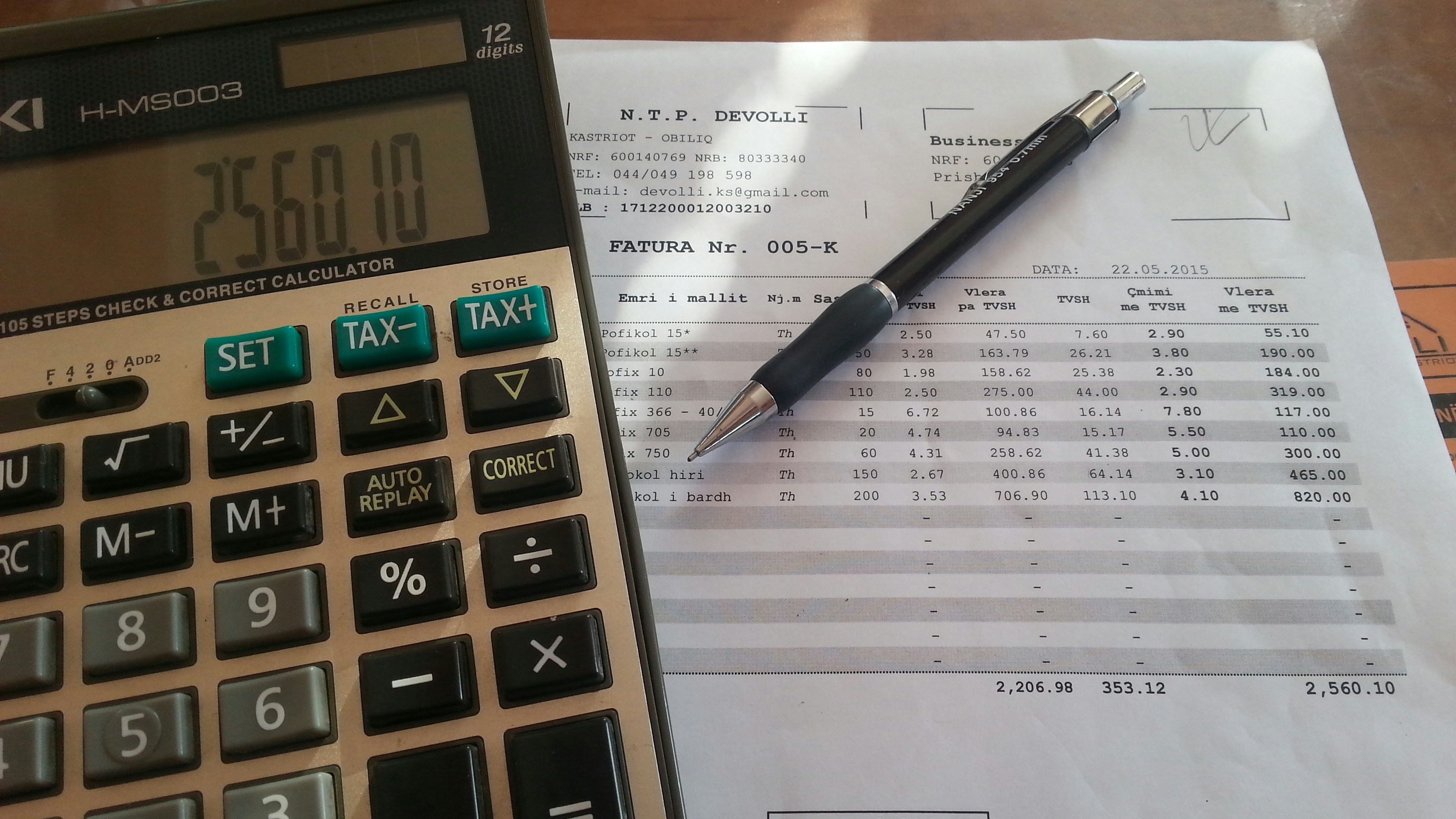
Why Budgeting is a Game-Changer
Budgeting is an essential financial tool that fundamentally shifts how individuals manage their money. At its core, budgeting provides direction for financial resources, allowing one to prioritize spending effectively. By mapping out income versus expenses, individuals can make informed choices that align with their financial goals. This clarity becomes especially crucial in avoiding unnecessary debt, which can have long-lasting negative impacts on one’s financial health.
One of the most significant benefits of budgeting is its ability to instill discipline in financial habits. For instance, consider someone who wants to save for a vacation. Without a budget, funds may get allocated to impulse purchases, leaving little room for saving. Conversely, a well-crafted budget outlines specific amounts designated for various spending categories—such as groceries, entertainment, and savings—ensuring that each dollar is purposefully accounted for. As a result, individuals often find themselves more empowered and capable of reaching their desired financial milestones.
Moreover, the transformative power of budgeting can be illustrated through common scenarios. For example, someone might start budgeting to prepare for a significant life change, like buying a house. By analyzing their monthly expenses and income, they can determine how much they can save each month toward a down payment. This brings into focus not just the immediate benefits of budgeting but also its long-term implications, such as improved credit scores and reduced financial stress.
Ultimately, the practice of budgeting brings about a sense of control over one’s financial life. It provides clarity in decision-making processes, fosters accountability, and helps individuals create sustainable financial habits. Recognizing the importance of budgeting is the first step toward transforming financial habits and achieving long-term stability and success.
Getting Started: Know Your Income
Creating a budget begins with a thorough understanding of your total monthly income. This crucial step involves compiling all potential sources of income to establish a clear financial picture. The primary source for most individuals is their salary; however, it is essential to account for additional streams that can significantly impact your financial capacity. These may include side hustles, freelance work, commissions, bonuses, and passive income sources, such as rental income or dividends from investments.
To accurately gauge your total income, start by listing each source and determining the average monthly amount generated from each. For salaried individuals, this can often be derived from your pay stubs, while side hustle income might require an average based on several months of earnings. Ensure that you differentiate between net income and gross income: net income is what you take home after tax and deductions, whereas gross income is your total earnings before these deductions. Understanding this distinction is vital, as net income represents the real amount you have available for budgeting.
Additionally, keeping track of these income sources is not a one-time effort. Regular updates are necessary, especially if your job situation or side projects fluctuate. Tools like spreadsheets or budgeting software can help streamline this process and provide clarity. By maintaining an accurate, up-to-date account of your income, you lay the foundation for an effective budget that aligns with your financial goals. Remember that knowledge of your income is the first step towards financial empowerment, allowing you to make informed decisions and allocate funds appropriately.
Listing and Categorizing Your Expenses
To build an effective budget, one must start by identifying and categorizing personal expenses. This pivotal step allows individuals to understand where their money goes each month, enabling better financial decisions. Begin by making a comprehensive list of all expenses incurred during the previous months. It is advisable to review bank statements and receipts to capture every outgoing amount accurately.
Expenses can typically be divided into two main categories: fixed and variable. Fixed expenses are those that remain consistent month-to-month, such as rent, mortgage, utilities, and insurance. These are obligations that generally do not change over time. On the other hand, variable expenses fluctuate and can include groceries, dining out, entertainment, and personal care. Documenting both types will give a clearer picture of monthly spending and areas where reductions can be made.
For variable expenses, it can be helpful to gather data from previous months to calculate an average cost. This approach accounts for any fluctuations in spending, providing a more realistic representation of monthly needs. For example, someone may spend more on groceries in December due to holiday gatherings but less in January. Establishing an average helps bridge these variations, ensuring the budget is reflective of one’s actual financial habits.
Additionally, consider implementing the widely recognized 50/30/20 rule as a foundational budgeting method. This framework suggests allocating 50% of your income toward needs (fixed expenses), 30% on wants (variable expenses), and 20% for savings or debt repayment. By adhering to this strategy, individuals can effectively distribute their income in a manner that promotes financial stability and growth.
Tools and Tips for Effective Budgeting
Effective budgeting is a crucial aspect of financial management, especially for beginners seeking to gain control over their finances. Numerous budgeting tools are available that can simplify this process, making it easier to track expenses and adhere to a designated budget. Among the popular applications, EveryDollar stands out for its user-friendly interface that allows for quick budgeting without complex features. GoodBudget also offers a simplistic approach where users can allocate funds digitally to various expense categories. Meanwhile, YNAB (You Need A Budget) emphasizes proactive budgeting, encouraging users to assign every dollar a job, ultimately fostering an engaged financial lifestyle.
In addition to these applications, Google Sheets offers customizable templates that can be tailored to individual needs, making it a versatile choice for those who prefer spreadsheet management. Printable planners also play a significant role for users who enjoy a tangible approach to budgeting, allowing for physical tracking of expenses and goals. Utilizing these tools not only helps in maintaining awareness of financial standing but also provides a structured way to review and adjust spending habits accordingly.
However, beginners frequently encounter common budgeting pitfalls that can undermine their efforts. One prevalent mistake is neglecting to plan for irregular expenses, such as annual subscriptions or unexpected car repairs, which can lead to budget shortfalls. Additionally, setting unrealistic financial goals may result in frustration and discouragement. To combat these issues, it is vital to conduct regular budget reviews, assessing both successes and areas for improvement. By treating a budget as a dynamic tool that evolves with changing financial situations, individuals can more adeptly navigate their financial journeys, ensuring sustained progress toward achieving their financial objectives.
